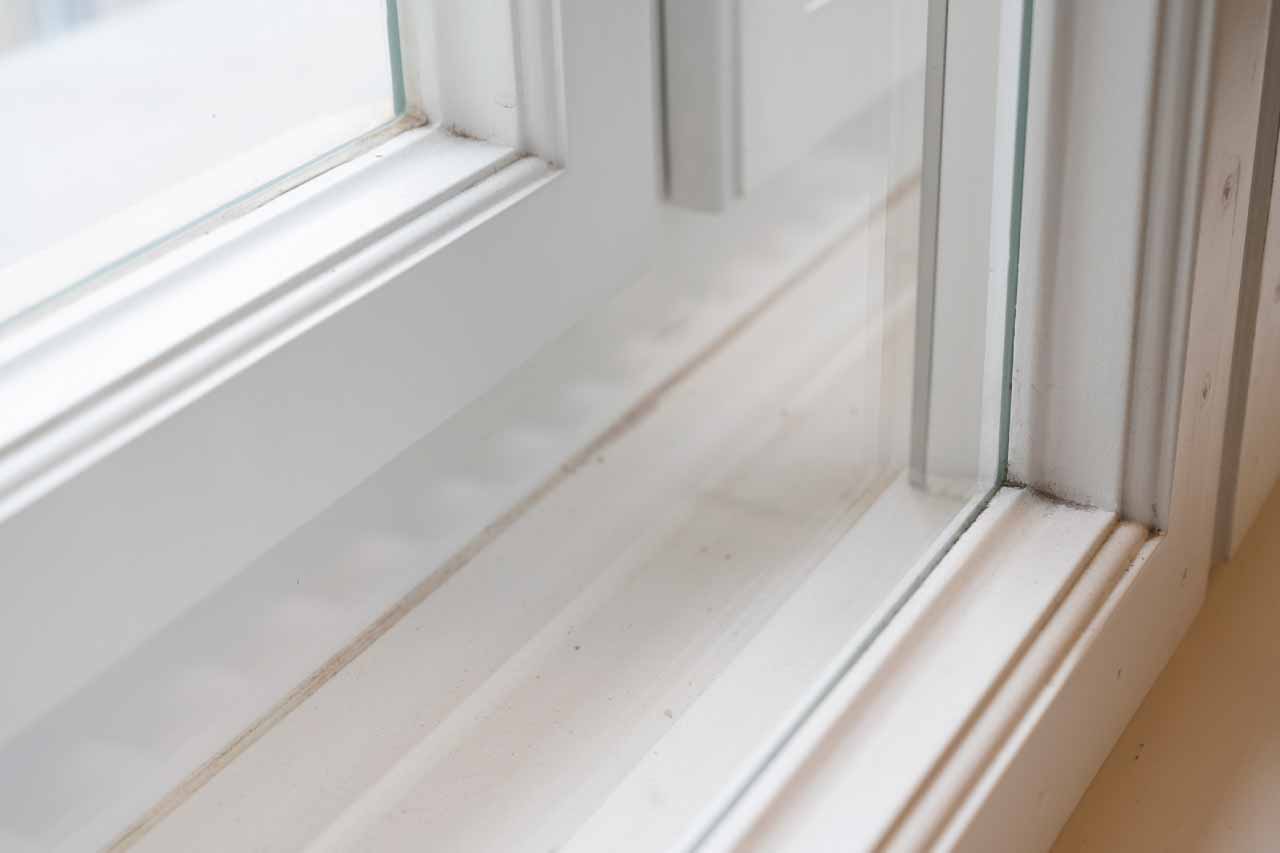How Much Does Door or Window Lintel Replacement Cost in 2025?
Door or window lintel replacement costs an average of $460


The average cost to replace a door or window lintel is $460, ranging between $280 and $640.
Cost factors include material type (brick, concrete, steel, or wood), labor, and complexity of the installation.
Replacing a failing lintel promptly is crucial to maintain the structural integrity of your home.
Hiring a professional ensures that your door or window lintel replacement job is done safely and correctly.
This article was updated using automation technology and thoroughly reviewed for accuracy by HomeAdvisor Editor Ryan Noonan.
Door or window lintel replacement costs $460 on average, ranging between $280 and $640 for most homeowners. Lintels are essential for supporting the structure above your doors and windows. When they start to fail, it's important to replace them promptly to maintain your home's integrity. Factors like material type (brick, concrete, steel, or wood) and the complexity of installation can affect the overall cost, including costs per linear foot. Hiring a professional ensures the job is done safely and correctly.
Lintel Replacement Cost Factors
How much you’ll pay to replace your door or window lintel depends on several essential factors, including labor and your wall or lintel’s existing condition.
Wall Condition
Your pro will first assess the condition of your wall to determine how difficult it will be to access and remove the lintel. They'll check for any cracks or structural issues that might require additional repairs, which could increase your overall costs.
Window or Door Condition
Your pro will also inspect the current condition of your door or window. If there are issues or damages, it might add to the overall cost of the project, as additional repairs or adjustments could be needed.
Lintel Condition
If your lintel is sagging or has significant deterioration, it could make the replacement more complex and increase the total cost. Severe damage might require extra care during removal and installation.
Labor
Expect to pay between $45 and $60 per hour for a professional to replace your lintel. If you're replacing a brick lintel, a local brick mason will charge an average of $70 per hour. The final labor cost depends on who you hire and the specifics of your project.
Lintel Replacement Cost by Material
Here’s a breakdown of how much a lintel replacement will cost on average by material.
Brick
Brick lintels are ideal for supporting lighter loads over openings less than three feet long. They blend seamlessly with brick walls, making them a popular choice for aesthetic consistency. On average, replacing a brick lintel costs between $25 and $45 per linear foot.
Concrete
Concrete lintels are great for supporting heavy loads and can adapt to various sizes and shapes. They're a durable choice for many homes. On average, replacing a concrete lintel costs $20 to $40 per linear foot.
Steel
Steel lintels are ideal for supporting heavy loads and large openings. They're durable against rust and erosion, making them a long-lasting option. On average, replacing a steel lintel costs between $30 and $46 per linear foot.
Wood
Wood lintels, often made from oak, hickory, or walnut, offer a classic look for your home. They're typically used in older houses. The cost to replace a wood lintel averages $15 to $35 per linear foot, depending on the type of wood you choose.
DIY vs. Hiring a Lintel Replacement Professional
While it might be tempting to replace a lintel yourself, it's a job best left to the professionals. Replacing a door or window lintel involves working with structural components of your home, and any mistakes could lead to serious issues down the line. Plus, you'll need to work at heights and handle heavy materials, which can be risky without proper training. You might save some money on labor costs, but the potential risks aren't worth it. Hiring a door or window repair pro ensures your lintel replacement is done safely and correctly to maintain your home’s integrity.
How HomeAdvisor Gets Its Cost Data
No place is more important than your home, which is why HomeAdvisor connects homeowners with local pros to transform their houses into homes they love. To help homeowners prepare for their next project, HomeAdvisor provides readers with accurate cost data and follows strict editorial guidelines. After a project is complete, we survey real customers about the costs to develop the pricing data you see, so you can make the best decisions for you and your home. We pair this data with research from reputable sources, including the U.S. Bureau of Labor Statistics, academic journals, market studies, and interviews with industry experts—all to ensure our prices reflect real-world projects.
Frequently Asked Questions
Lintels are typically not covered by insurance if the damage is due to natural wear and tear or regular aging. Insurance policies usually consider these issues normal maintenance responsibilities for homeowners. It's a good idea to review your policy details and schedule regular inspections to catch any problems early and avoid unexpected repair expenses.
Lintels can last up to 60 years when properly installed and maintained. Their lifespan depends on factors like environmental conditions, material quality, and regular upkeep. Scheduling routine inspections and addressing any issues promptly can help ensure your lintels last as long as possible. Ask your lintel repair pro for maintenance tips to help ensure that your door and window lintels have a long lifespan.
Yes, window lintels and door lintels serve the same primary function: they support the weight above the opening. However, there might be differences in design, materials, and installation based on the specific requirements of your home. Consulting a professional ensures you use the correct type of lintel for your needs.
If your lintel is sagging or cracking, there are repair options available to restore its strength. One method involves reinforcing the lintel with steel beams to eliminate sagging and provide consistent support. This helps secure the load above the opening and reduces the risk of further deterioration. Your lintel repair pro will make expert recommendations for what’s best for your specific situation.







